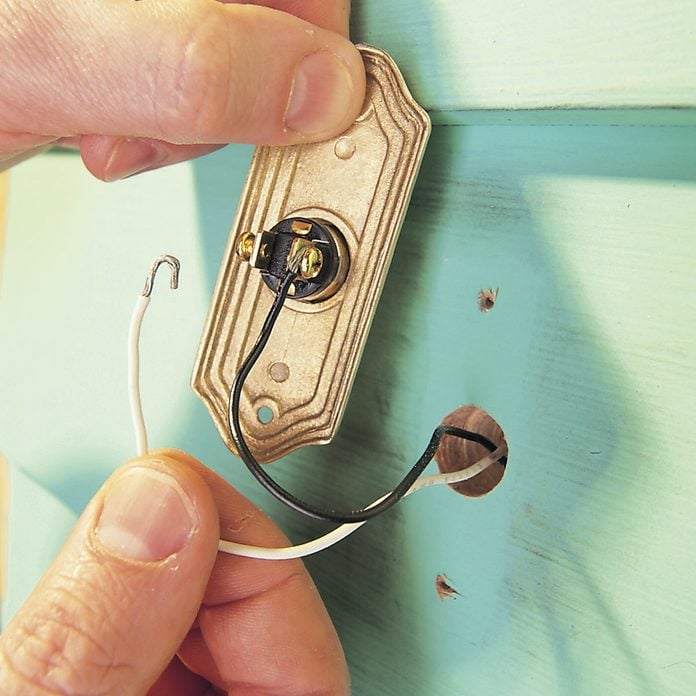
Fix a Dead Doorbell
A doorbell that doesn’t ring has four possible problems: the button, the chime, the transformer or the wiring that connects them all. Here’s how to track the culprit and make the fix.
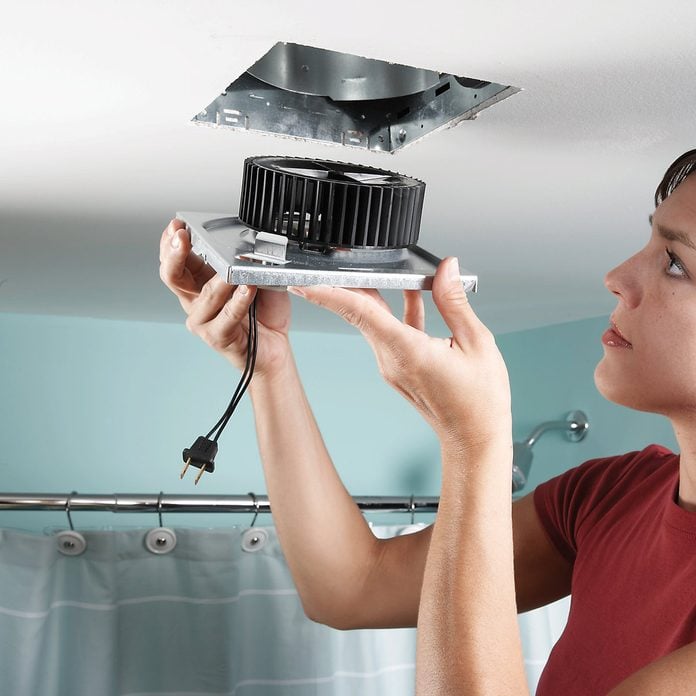
Replace Your Bathroom Fan
If the bath fan in your home is more than 20 years old, chances are it’s pretty loud. A loud fan may be good for masking bathroom noise, but the jet engine roar is downright annoying the rest of the time. Worse yet, your old bath fan may not be moving enough air to keep your bathroom free of mold and mildew. Newer-style bath fans, on the other hand, are so quiet you can hardly hear them running, and they cost very little to operate. It’s easier than you think to swap out that noisy, inefficient bath fan.
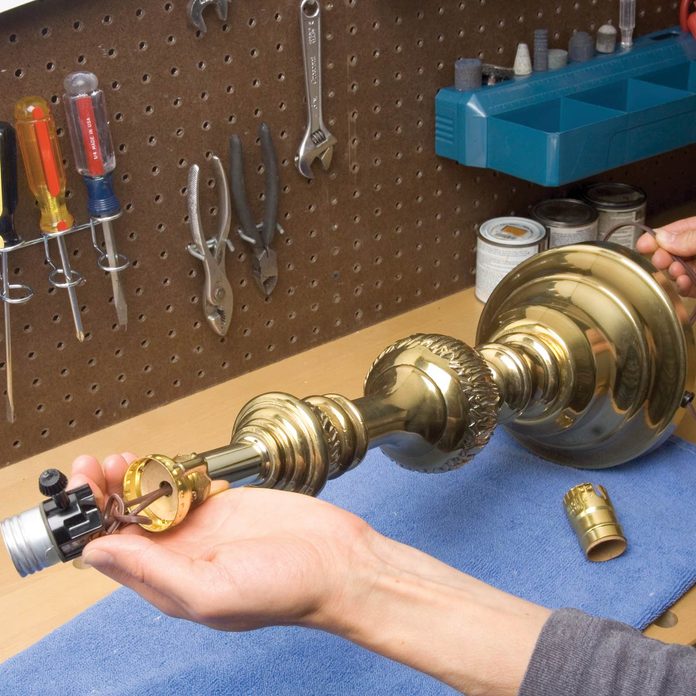
Rewire a Lamp
When a lamp flickers or doesn’t light up at all, chances are that one of the parts has gone bad. Here we’ll show you how to replace all the key parts and how to rewire a lamp. But don’t overlook the obvious: no power or a bad bulb. Try a new bulb and plug the lamp into a different outlet before taking things apart. In about 30 minutes you can repair the electrical wiring in almost any lamp—and make it safe as well.
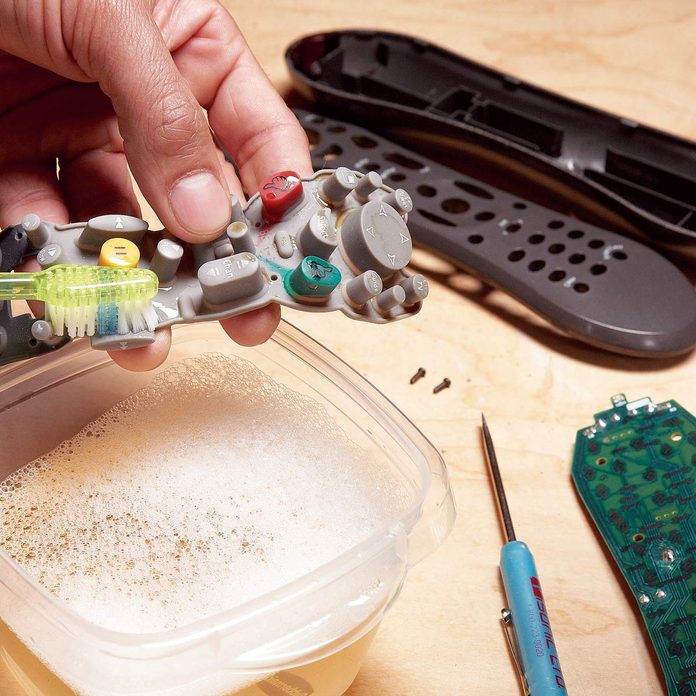
Repair a TV Remote
If one of the buttons on your TV remote doesn’t work, and you want to avoid the cost of a replacement remote, fix it yourself. Most remotes have electrically conductive paint on the bottom of each rubber button. The more you use each button, the more the paint wears off. The good news: You can buy a repair kit that includes two-part conductive paint.
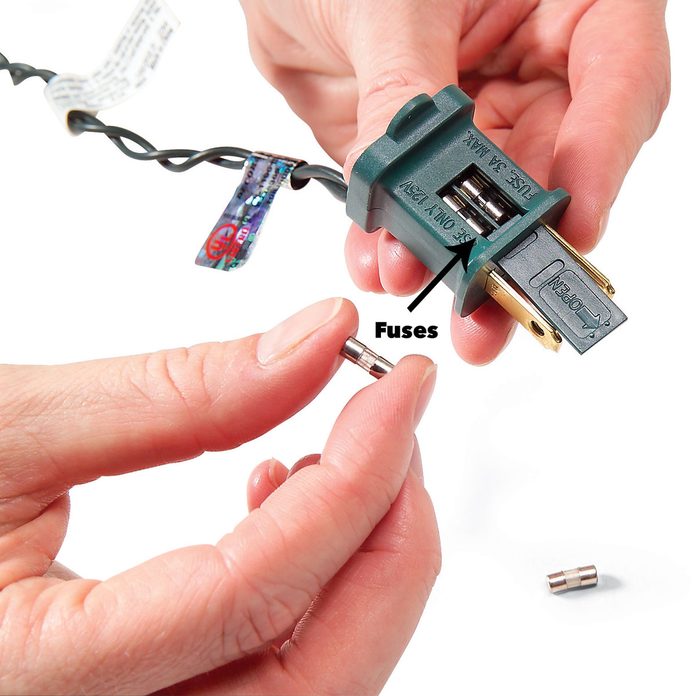
Fix String Lights
Burned-out string lights, even the cheap kind, are often fixable with a small investment of time and money. Here’s how to diagnose and fix common problems.
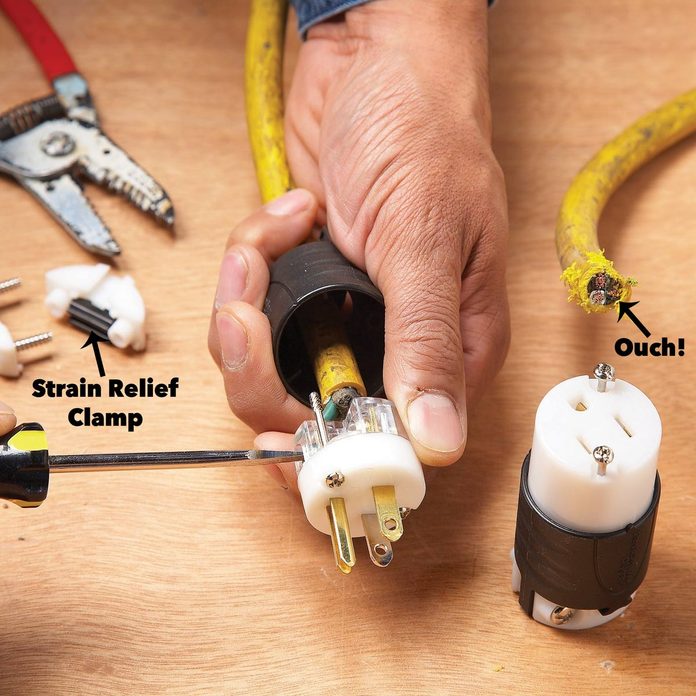
Revive an Extension Cord
Accidentally cut your good, heavy-duty extension cord? Replacement cords are expensive, and you can save money by just repairing it. Instead of splicing, add a new replacement plug on the piece of the cord with the receptacle and a new receptacle on the piece of the cord with the plug. Here are a few tips for repairing an electrical code without calling a pro.
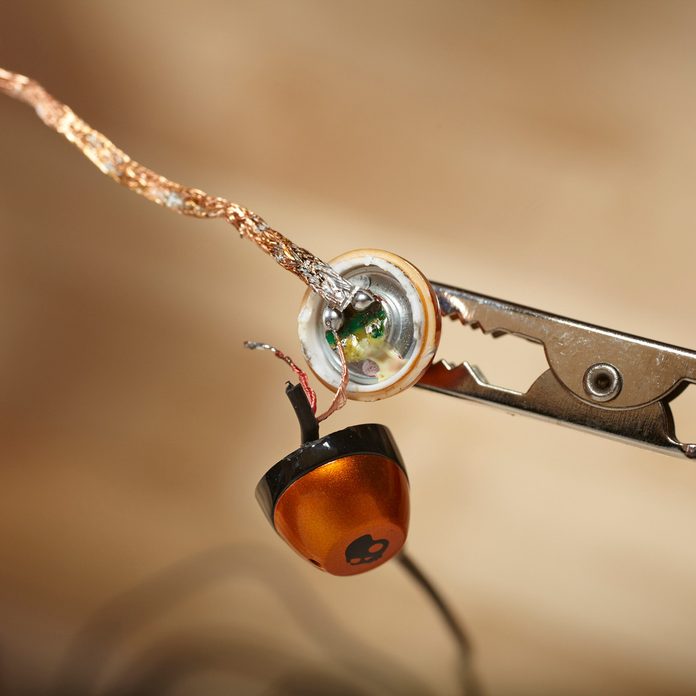
Repair Earbuds
Cheap earbuds are disposable, but don’t toss out an expensive pair. If the problem is a broken connection, you can fix them yourself with a soldering iron and electronics solder. First, locate the problem. If only one speaker is acting up, the problem is likely the connection in that earbud.
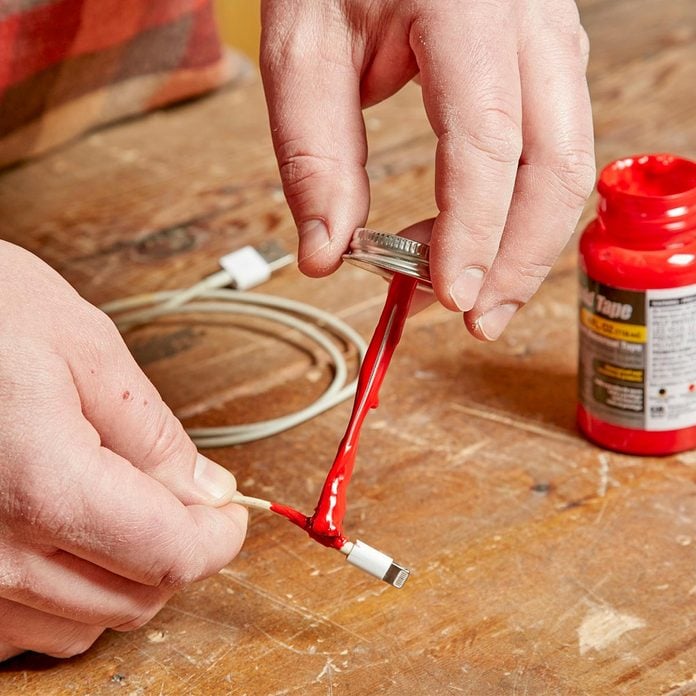
Liquid Electrical Tape Can Rescue a Phone Charger
Charger cables for cell phones usually last only a few years before the insulation starts fraying on the ends. Replacement cables cost $8 to $30, but there’s a cheaper solution. If the insulation is cracked but the copper wire inside is still intact, try covering the crack with a couple of layers of liquid electrical tape ($5 to $10 per bottle). Performix and Gardner Bender are two brands that get lots of positive reviews online. Just be sure not to let the cable touch anything until the liquid tape dries completely. Plus: Check out these 38 amazing handy hints you can do for less than $5.
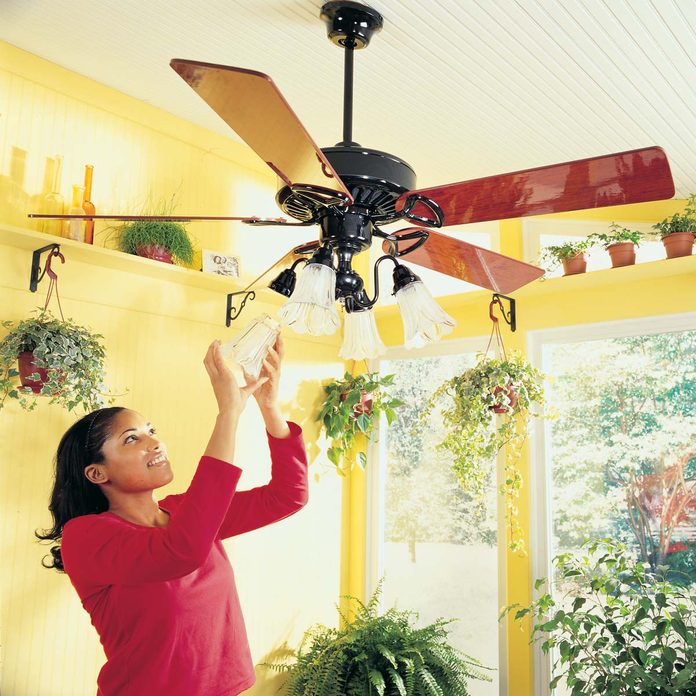
Fix a Ceiling Fan
A ceiling fan improves cooling in summer and heating in winter. The result: You feel more comfortable while you save on utility bills. And installing them yourself is much easier, thanks to new, strong hanging systems and electronic controls. We show you how to avoid common pitfalls when installing a ceiling fan yourself.
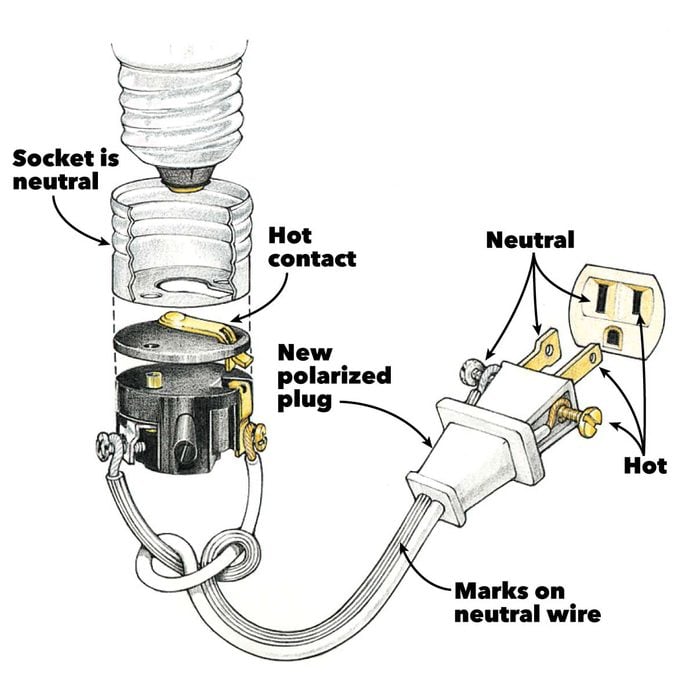
Properly Wired Plug and Lamp Socket
Wiring a new plug isn’t difficult, but it’s important to get the hot and neutral wires connected to the proper prongs. The danger isn’t fire. The worry is that a miswired plug poses a fairly serious shock hazard. The key is to make sure you connect the wires to the proper terminals in the plug. Check out how to do it!
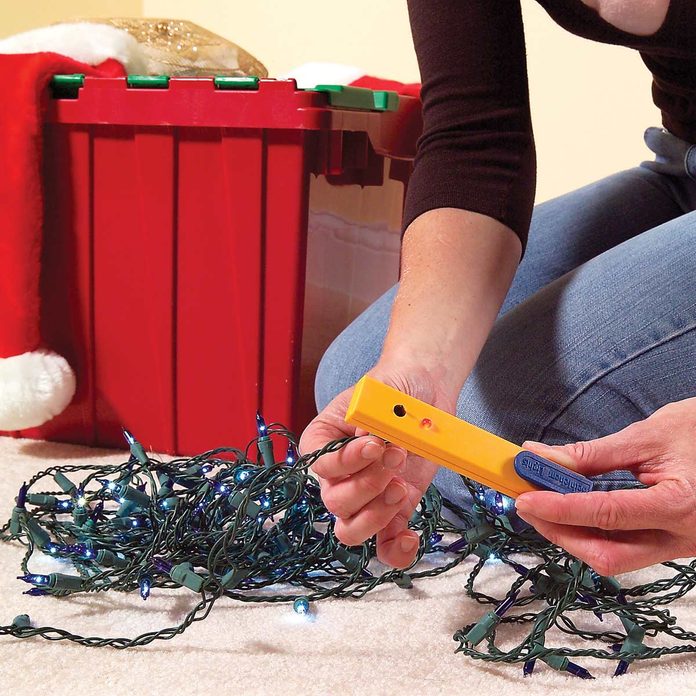
Test Holiday Lights
Find a holiday light problem and fix it fast with this simple tester. You don’t have to test every bulb!
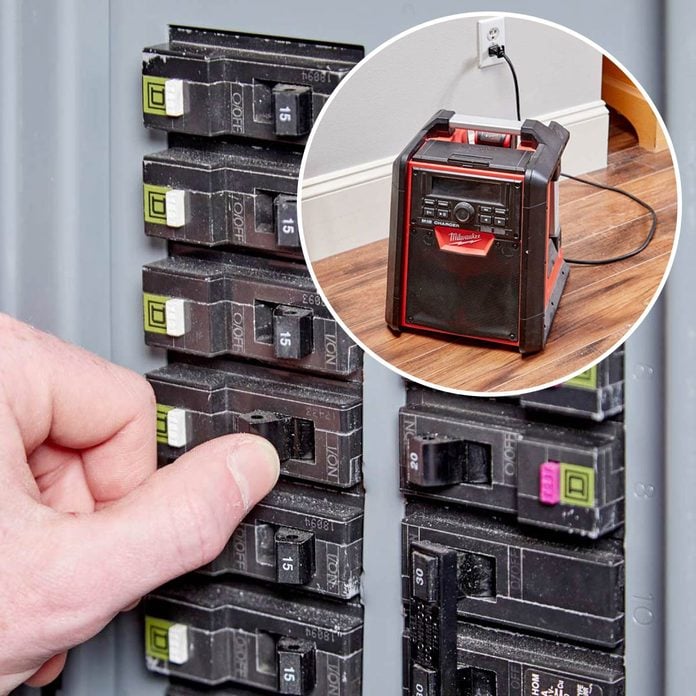
Listen to Music While Solving an Electrical Problem
I like to have my switches and outlets labeled, so it’s easy to figure out which breaker to shut off when I need to change a switch or outlet. When I moved into a new home, so I had to label everything. I didn’t have a helper, so I used a radio instead. I’d just plug it into an outlet and blast some music. Then, I’d flip breakers until the radio shut off. I had everything labeled in an hour. – Collin Grace
Learn this little trick to read breaker numbers more easily.
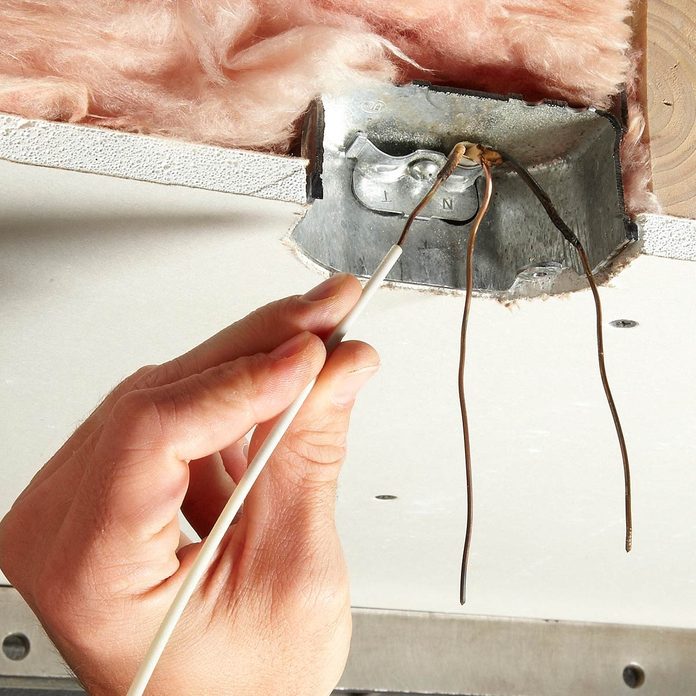
How to Fix Burned Wire
So you’re finally getting around to replacing the ceiling light fixture when you discover that the wiring insulation has turned to charcoal and cracked off. The usual reason insulation gets ruined is that the bulbs in the fixture exceeded the fixture’s wattage rating.
Fix burned wire inside electrical boxes by replacing charred insulation. You can do this quickly and easily without pulling in new wires.
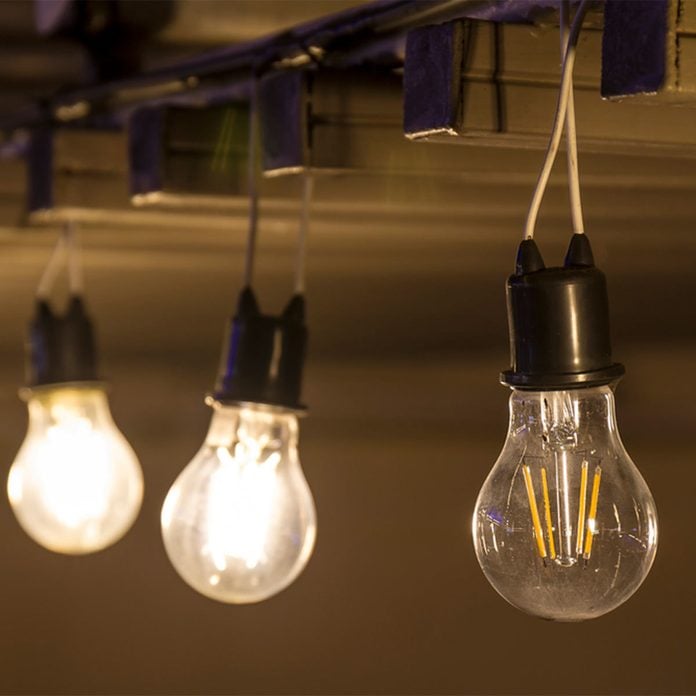
How to Fix a Light
There’s nothing more annoying than a light that keeps flickering or suddenly shuts down when you were sure that it still had plenty of life left in it. If you encounter a recalcitrant fixture, take action with our quick troubleshooting guide and find out how to fix a light!
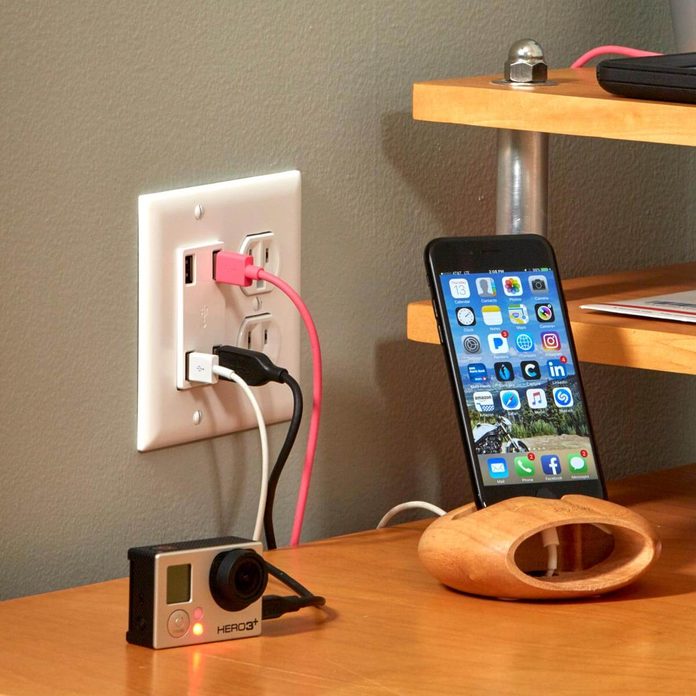
Add a USB Outlet
Besides the tangled mess they create, bulky chargers devour outlet space. For a clean solution, add a USB wall outlet at a more convenient height than a typical wall outlet. Doing this is fast and easy if you place the new USB outlet in the same cavity as an existing outlet. Then you won’t have to cut into walls to run a cable through studs.
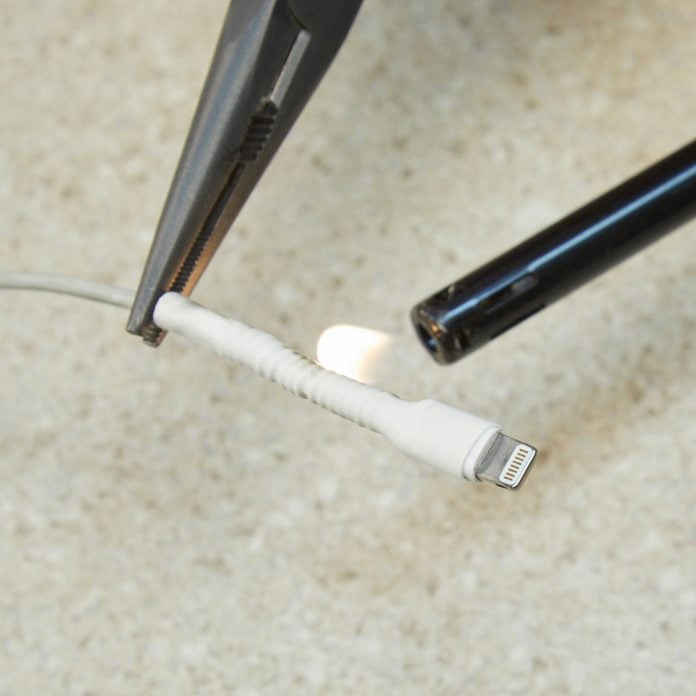
Simple Hack to Save Your Phone Charger
To make your otherwise fragile phone charger last for more than a couple of weeks, try out this simple hack! Start by removing the spring from a pen. Next, stretch one end of the spring out a bit so it can fit around the charger cable. You might need to use pliers for this. Now, wind the spring around the cable until it is completely on the charger cable. Next, take appropriately sized heat shrink tubing and slip it over the phone charger and spring. Use a lighter to warm the heat shrink tubing until it conforms around the charger and spring. This simple hack will keep the cord from breaking any further or from even breaking in the first place! Oh and, learn why you should never put your phone in rice and how you can dry it out instead.
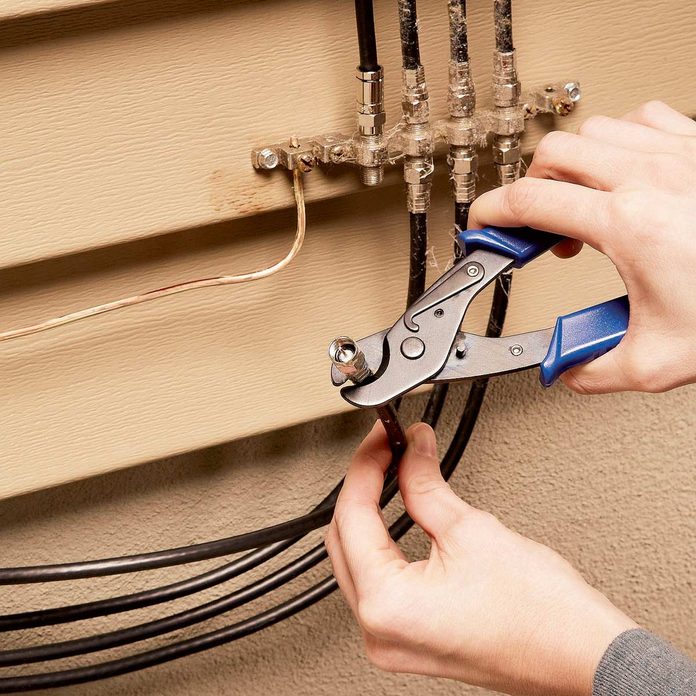
Bad TV Reception? Here’s One Fix
Bad TV reception with cable service may be due to something as simple as a corroded coax cable connection. Instead of waiting for the cable guy to show up, fix it yourself with a new cable end.
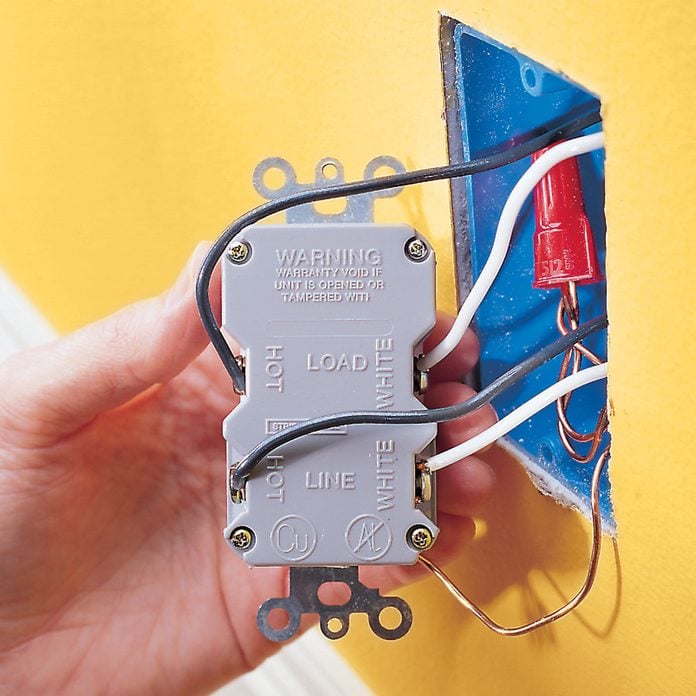
Add GFCI Protection
A GFCI (ground fault circuit interrupter) is a shock prevention device that’s required by the National Electrical Code in certain outlets, including kitchen counter outlets. Older homes built before code requirements went into effect usually won’t have them. And it’s a good idea to add them.
We recommend that you avoid unnecessary complexity. Simply replace outlets with GFCI receptacles. Remember to check the electrical box sizes when you do this and to upgrade any box that’s too small.

Replace a Fluorescent Light Bulb
When fluorescent bulbs go bad, there may be a problem with the fixture. Learn simple repairs for the most common problems.